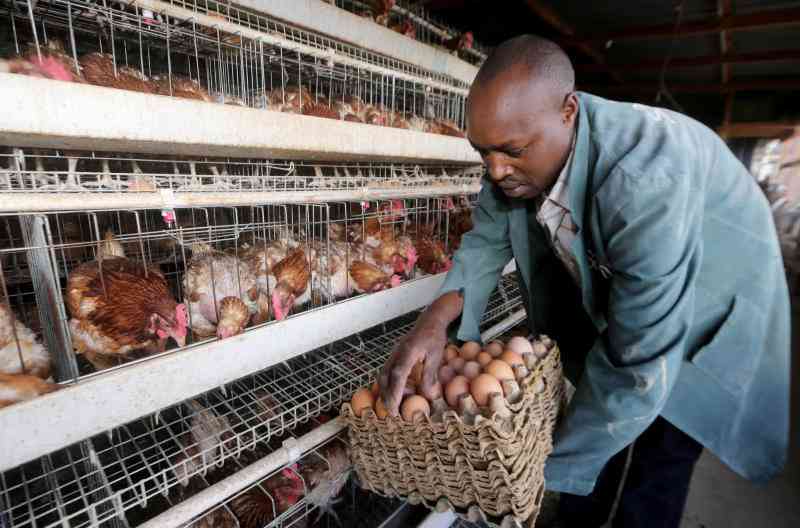
By 2050 the world population will have grown by over 30 per cent to about 10 billion people. Today, about a billion people do not have access to sufficient, safe and nutritious food. It is factual that resources are scarce, yet demand keep on increasing while climate change is threatening the existence of humans. Solutions to food crises have been strongly debated upon across all levels of leaderships. For instance, in September 2015, leaders across the globe converged to debate on the United Nations (UN) Sustainable Development Goals (SDGs) to eradicate hunger and poverty, conserve the planet, and ensure prosperity for everyone.
Food security has become an issue that most governments are grappling with. The Western world has its fair share of food insecurity to deal with, caused by escalating food prices. In America, for instance, a prolonged drought that reduced herds of cattle to a half a century low caused widespread food shortage. That was in 2013. (Mercola, 2015). You can guess the direct effect that had on the prices of beef, milk and milk products and of course the indirect impact on other related commodities. Pork, for instance, recorded a 13% increase in price per unit, chicken increased by 9.2%, and agricultural products such as grocery, cereals and fruits by 34%.
Insufficient disaster management and unpreparedness is still widespread in Africa. It has emerged in the recent past that sufficient food reserves and proper coordination towards responding to drought stricken areas in Kenya is still far-fetched. I say so because we have lost lives - human and livestock - even after we’ve had our fair share of food shortages in the last couple of years. Summing up the threats facing our food sector, it begs the question of how prepared we are to fight hunger in the future.
The issue does not only arise from the occurrence of drought and other natural disasters but also the young generation shying away from taking part in agricultural activities. The millennials have been perceived to prefer white collar jobs to the blue collar jobs. We need more hands on agriculture as the older generation exit the agricultural scene. We must also build infrastructure to support distribution network when it comes to moving the food from areas of surplus to areas where it is most needed. This will curb the tons of food that end in waste that account for about 44% of the total food production. Additionally, the government needs to assist the unsubsidized farmers who grow vegetables, grains and fruits. Subsidising their production and building on the distribution network will result in them expanding their operations.
Lastly, we must protect the vulnerable and marginalised groups. It is unfortunate that majority of young people aged below 30 are falling under this category.
They need to be empowered through training and resources access. Youths must be guided professionally through programs that incorporate ICT in farming. We must also be ready to go for opportunities as young people with passion to succeed. Governments, through their agencies must also support other local programs already in establishment and youth agricultural initiative. The programmes should be geared towards empowering locals to take part in agricultural activities.
Want to get latest farming tips and videos?
Join Us
 The Standard Group Plc is a multi-media organization
with investments in media platforms spanning newspaper print operations,
television, radio broadcasting, digital and online services. The Standard Group
is recognized as a leading multi-media house in Kenya with a key influence in
matters of national and international interest.
The Standard Group Plc is a multi-media organization
with investments in media platforms spanning newspaper print operations,
television, radio broadcasting, digital and online services. The Standard Group
is recognized as a leading multi-media house in Kenya with a key influence in
matters of national and international interest.
 The Standard Group Plc is a multi-media organization
with investments in media platforms spanning newspaper print operations,
television, radio broadcasting, digital and online services. The Standard Group
is recognized as a leading multi-media house in Kenya with a key influence in
matters of national and international interest.
The Standard Group Plc is a multi-media organization
with investments in media platforms spanning newspaper print operations,
television, radio broadcasting, digital and online services. The Standard Group
is recognized as a leading multi-media house in Kenya with a key influence in
matters of national and international interest.








